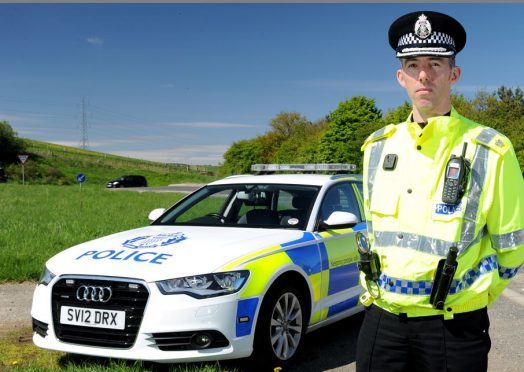Plans to shake-up of community policing across the north-east have been revealed.
Under the new arrangement, a number of areas in Aberdeen, as well as Peterhead, will be merged.
And the force also plans to take similar action in Moray next year.
Police say this will ensure the organisation is run as efficiently and cost-effectively as possible.
From next week, Aberdeen’s west end and Hazlehead teams will be merged, meaning there will be one inspector covering both communities.
Bucksburn and Bridge of Don will also be combined, as will Rosemount and the city centre.
And in Peterhead, one inspector will also head up two areas that previously were separate.
While there is a reduction of about five inspectors across the region, police say a number of newly-recruited constables will be posted to the communities affected.
There will be no impact on public services, and no stations will close as a result.
The changes reflect geography and also existing community council boundaries.
Future plans for Moray are unclear at this stage and do not necessarily mean community inspectors will be reduced.
Last night, Superintendent George MacDonald said the measure was in part due to the budgetary pressures Police Scotland, and the wider public sector, is facing.
He said: “As part of a national piece of work we have had to realign management responsibilities with various departments and functions to effectively make savings and deliver a more efficient service.
“We have worked closely with our staff associations to achieve these changes. Our commitment to local policing remains the core focus of Police Scotland and the officers within North East Division.
“The budget situation for Police Scotland for this and subsequent years is challenging. This is not unique to Police Scotland but reflects the financial pressure faced by the entire Scottish public sector.”
And Supt MacDonald said the decision would not just streamline the force but it might also benefit the public.
He added: “There are some community policing teams that are currently serving the same council ward, meaning some councillors are having to contact two officers for one area.
“It might reduce a bit of bureaucracy for councillors, citizens and other stakeholders because it’s now a single point of contact.”
